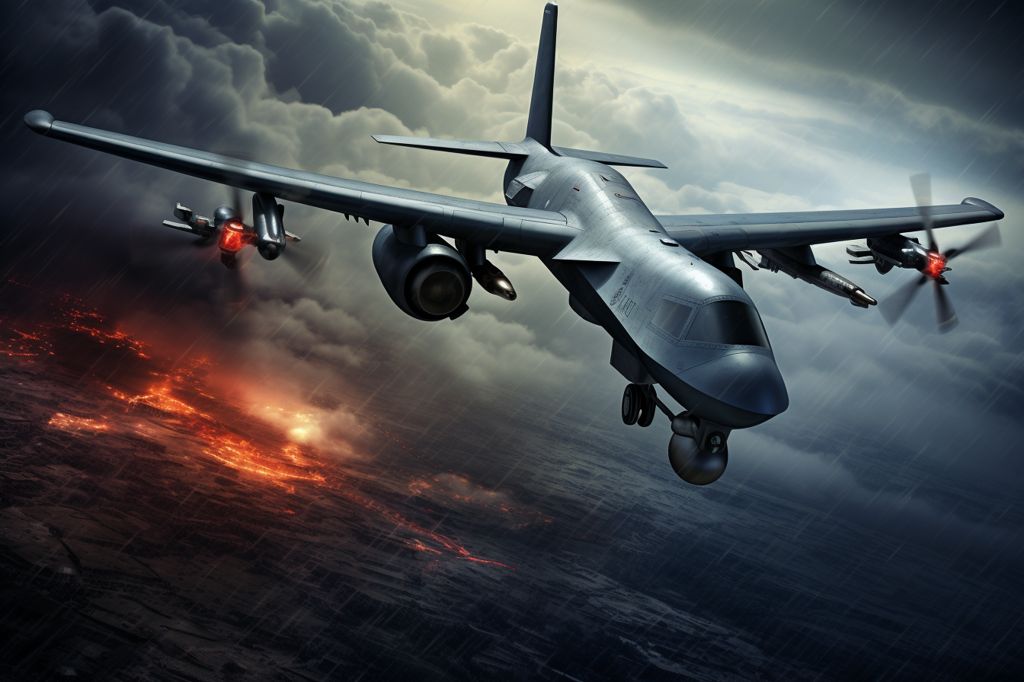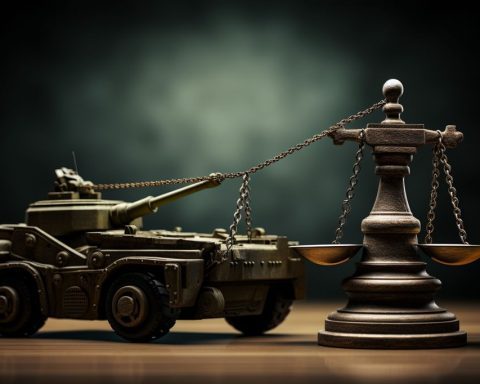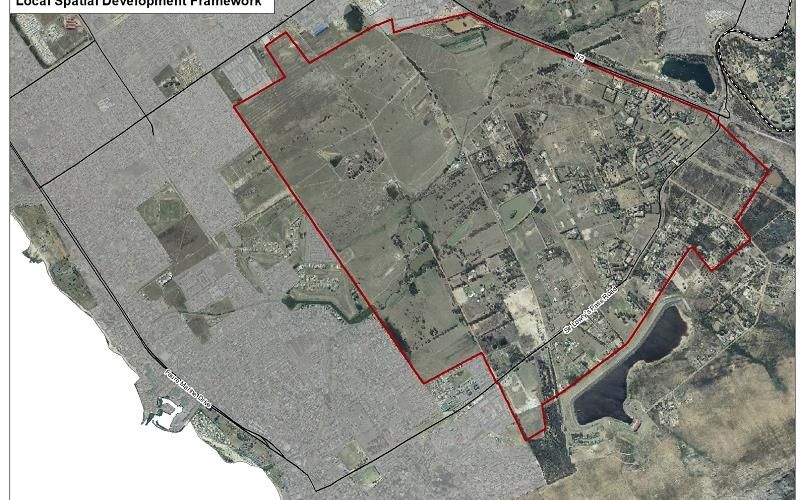The balance of power in the Syrian conflict was recently brought into question following an incident involving a Russian fighter aircraft and a US MQ-9 drone. The drone was on a mission to counter the Islamic State jihadist group when a Russian aircraft flew dangerously close, deploying flares that struck and severely damaged the drone’s propeller. Although the drone managed to return to base safely, the incident has raised concerns about the situation in Syria.
Tensions Between Russia and the United States
The encounter between the Russian fighter and the US drone is just one example of the tensions that exist between Russia and the United States in Syria. The US has accused Russian pilots of unsafe and unprofessional maneuvers that endanger both aircraft and crew members. With Russian forces supporting President Bashar al-Assad and the US pursuing different objectives, the potential for escalation between the two superpowers is a concern.
Other Encounters Between Russian and American Aircraft
The harassment of the US MQ-9 drone by the Russian fighter is not an isolated incident. There have been several encounters between Russian and American aircraft in recent months, including two separate occasions where Russian aircraft harassed American MQ-9 drones over Syria by dropping flares. In March, a Russian jet caused an MQ-9 drone to crash over the Black Sea.
Complex Geopolitical Landscape
The complex geopolitical landscape in Syria, with the involvement of regional powers such as Turkey and Iran and non-state actors like the Islamic State jihadist group, adds to the already intricate and precarious situation. The presence of these additional players creates a volatile environment where misunderstandings can quickly escalate into open conflict.
Need for Clear Communication Channels and Protocols
Despite the tensions between Russia and the United States, both nations have demonstrated a remarkable ability to maintain relative restraint and avoid direct confrontation. However, the recent encounters between their respective aircraft serve as a stark reminder of the delicate balance that exists in the region. It is crucial for both nations to establish clear communication channels and protocols for their forces operating in Syria to minimize the risk of unintended incidents that could escalate into a larger, more dangerous conflict.
Call for Caution and Restraint
The recent incident involving the Russian fighter and the US MQ-9 drone should serve as a wake-up call for both nations. It is imperative to put an immediate end to reckless, unprovoked, and unprofessional behavior. The stakes are too high to allow dangerous brinkmanship to determine the future of the Syrian conflict and potentially the global balance of power.












